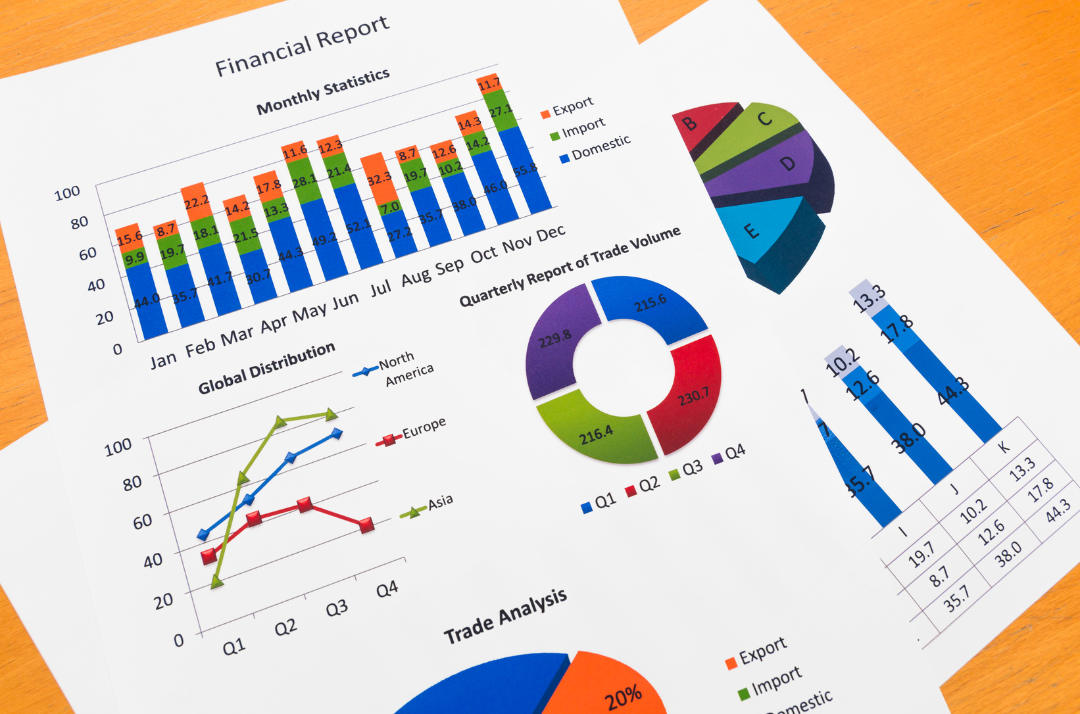The Asset impairment is a critical process in the accounting and financial assessment of companies. It involves the regular evaluation of assets to determine if any of them have suffered a decline in their carrying value. In this article, we will delve into the assessment process of asset impairment, including how to determine if an asset is impaired, how to calculate recoverable value, impairment measurement methods, and proper disclosure in financial statements
What is Asset Impairment?
Asset impairment occurs when the carrying amount of an asset exceeds its recoverable amount. The recoverable amount is the higher of an asset's fair market value and its value in use, which is the present value of expected future cash flows derived from that asset.
Steps to Assess Asset Impairment:
- Identification of Susceptible Assets: The first step is to identify assets that may be subject to impairment. This includes tangible assets such as properties and equipment, as well as intangible assets like patents and trademarks.
- Determination of Recoverable Value: The next step is to calculate the recoverable value of the asset, which involves estimating both the fair market value and value in use. Fair market value is typically determined based on current market prices or independent appraisals. Value in use is calculated based on projections of future cash flows, discounted at an appropriate rate.
- Comparison with Carrying Value: The calculated recoverable value is then compared to the carrying value of the asset. If the recoverable value is lower than the carrying value, the asset is considered impaired.
- Recognition of Impairment Loss: If an asset is impaired, the company must recognize an impairment expense. The carrying amount of the asset is adjusted to reflect its new recoverable value.
Methods of Impairment Measurement:
There are two common methods for measuring asset impairment:
- Cost Less Accumulated Depreciation and Amortization (D&A) Model: In this method, the asset is adjusted to its fair market value less any accumulated depreciation and amortization expenses. This is commonly used for tangible assets.
- Present Value of Future Cash Flows: This method is more applicable to intangible assets and involves calculating the present value of expected future cash flows, discounted at an appropriate rate.
Proper Disclosure:
Companies are required to disclose information related to asset impairment in their financial statements. This includes describing the impairment policy, the measurement methods used, the affected assets, and the recognized impairment expense.
In summary, the assessment of asset impairment plays a crucial role in ensuring the integrity of a company's financial statements. It is a process that demands diligence in identifying impaired assets and determining their recoverable value. Additionally, proper disclosure in financial reports is essential to maintain transparency and regulatory compliance. Therefore, companies should be vigilant in conducting this process accurately and in accordance with applicable accounting standards.
(ARAUJO, Robson. Impairment de Ativos e Testes de Recuperabilidade: Avaliando o Valor dos Ativos Empresariais)











